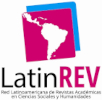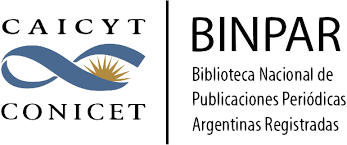An analysis from the dynamic and relational perspective of the territory: the case of the Citizen Police of Ayutla de los Libres in the State of Guerrero (Mexico)
Abstract
From the perspective of the Geography of power, this research analyzes the development of the territory of the Policía Ciudadana of Ayutla de los Libres based on the correlation of forces that this group maintained against a diverse set of both state and non-state actors to carry out its project of security in the period of 2013-2018. Based on fieldwork, hemerographic analysis and geolocation of the results, it was found that the territory of this group developed dynamically as a result of the claims of territorial control that it carried out inside and outside the localities under its influence, and the incursions of other armed actors, particularly crime and the Armed Forces, into them. Therefore, its territory should not be conceived as a final result, but as the partial result of a spatial projection in constant transformation with stages and places of consolidation, expansion and withdrawal.
Downloads
Downloads
Published
Issue
Section
License

This work is licensed under a Creative Commons Attribution-NonCommercial-ShareAlike 4.0 International License.
Aquellos autores/as que tengan publicaciones con esta revista, aceptan los términos siguientes:- Los autores/as conservarán sus derechos de autor y garantizarán a la revista el derecho de primera publicación de su obra, el cuál estará simultáneamente sujeto a la Licencia de reconocimiento de Creative Commons (indicada abajo) que permite a terceros compartir la obra siempre que se indique su autor y su primera publicación esta revista.
- Los autores/as podrán adoptar otros acuerdos de licencia no exclusiva de distribución de la versión de la obra publicada (p. ej.: depositarla en un archivo telemático institucional o publicarla en un volumen monográfico) siempre que se indique la publicación inicial en esta revista.
- Se permite y recomienda a los autores/as difundir su obra a través de Internet (p. ej.: en archivos telemáticos institucionales o en su página web) antes y durante el proceso de envío, lo cual puede producir intercambios interesantes y aumentar las citas de la obra publicada. (Véase El efecto del acceso abierto).

Esta obra está bajo una Licencia Creative Commons Atribución-NoComercial-CompartirIgual 4.0 Internacional.






